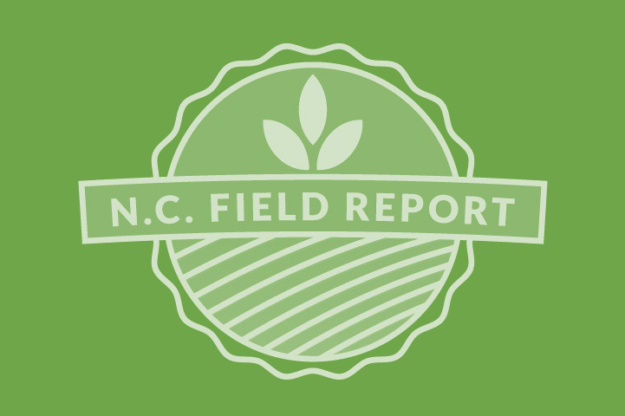Fall Weed & Disease Mapping
With things finally starting to dry out across much of the state the 2016 harvest is in full swing for many growers. Getting harvest completed is obviously the top priority, but it is also time to start preparing for next season. The first step in planning for next season is making notes on this season’s…
Details









